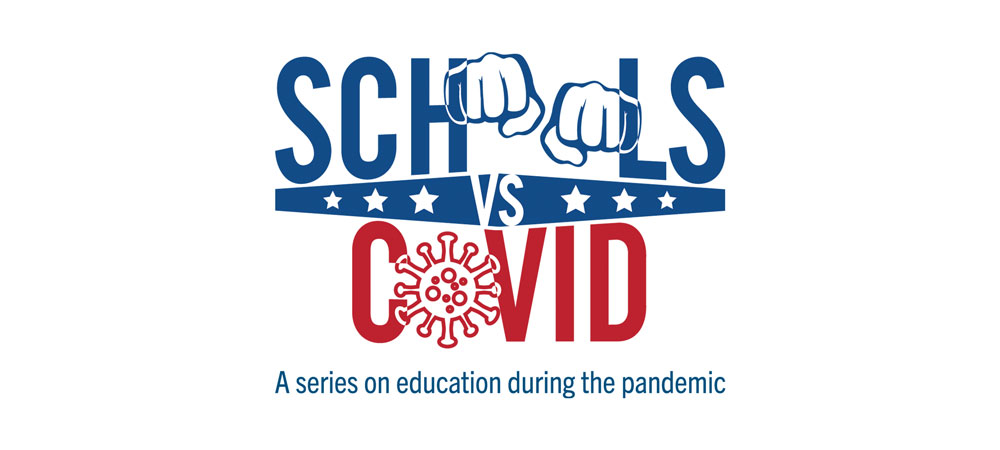A guiding premise of TC’s Cahn Fellows Program for Distinguished Principals is that a school leader’s top priority is to protect the interests of his students.
Joshua Long, a 2015-16 Cahn Fellow (and current Cahn mentor) who is Principal of Chicago’s Southside Occupational Academy High School, lives that charge every single day.
Southside is the lone “Transition Center” in the 355,000-student Chicago Public School (CPS) system. Situated in the city’s Englewood neighborhood, it prepares special-needs students between the ages of 18-21 with the life skills they need to succeed in the adult world.
That means instruction is personalized and hands-on. Students arrive with Individual Education Plans (IEPs), having completed special education course work elsewhere in the CPS system. At Southside, where there are typically 13 students in a classroom with a teacher and a paraprofessional, young people become proficient in navigating public transportation, maintaining personal hygiene, shopping for groceries and applying for and keeping a job. The school maintains internships with businesses and museums, and students even learn agricultural skills — through the care and feeding of a flock of Southside ducks.
So while other schools may talk about letting go of what they used to do and embracing the new possibilities of the digital medium, the key focus at Southside has been preserving the status quo as much as it possibly can.
A lot of my kids don’t talk — or, if they do talk, they say very little — and have myriad other daily living and social-emotional needs...So I refuse to expose them to any planning or mandate that is not beneficial to them.
“A lot of my kids don’t talk — or, if they do talk, they say very little — and have myriad other daily living and social-emotional needs, including autism, attention deficit disorders, depression and other cognitive impairments.” says Long, in his 10th year as Southside principal. “To think they’ll get work done on a computer, in or outside a classroom, is a stretch. So I refuse to expose them to any planning or mandate that is not beneficial to them. We never stop looking at them as individuals. And that’s been our guiding light as we’ve built this remote thing.”
The cornerstone of Southside’s approach is an emphasis on students’ social-emotional development. The school employs talking circles, one-to-one behavioral modeling, and restorative practices and places a major emphasis on promoting positive interactions among students. When all of that was disrupted, “some kids were freaking out because they weren’t in school, other students were not receiving their regular counselor check-ins,” Long says. “You’re supposed to be focusing on instruction, but you also have to quell the emergent needs that can come up at any moment.”
Ultimately, the only plan that made sense, difficult as it sounds, was one-on-one Zoom sessions for every student — and, in many cases, their parents as well.
With remote learning scheduled through at least the first ten weeks of the 2020-21 school year, Southside has continued to “refine” its online instruction strategies.
Long is considering the temporary reassignment of teachers to inspire students with new angles and fresh approaches to learning. He is also exploring the possibility of small-group virtual student meet-ups to counter the isolation of learning at home.
Southside is about non-stop human to human interaction. It’s not like there’s a software program that can do that.
Meanwhile, he says, Southside will continue emphasizing “the practices that are the strength of our school. We all have just kept pushing to give the students what they need within an ever-changing environment, because it’s not like there’s a software program that can do that. Southside is about non-stop human to human interaction. And here, that will always take place.”

